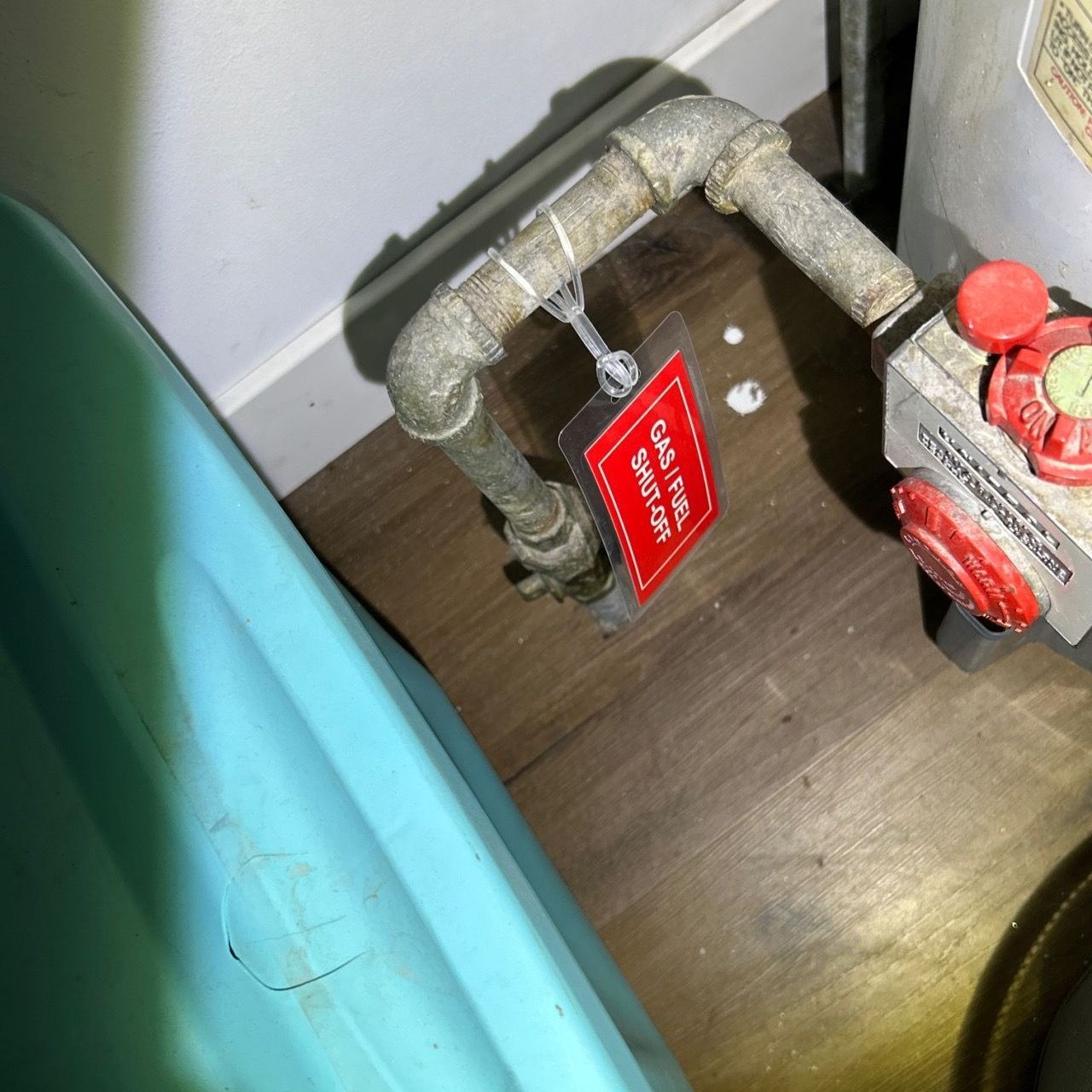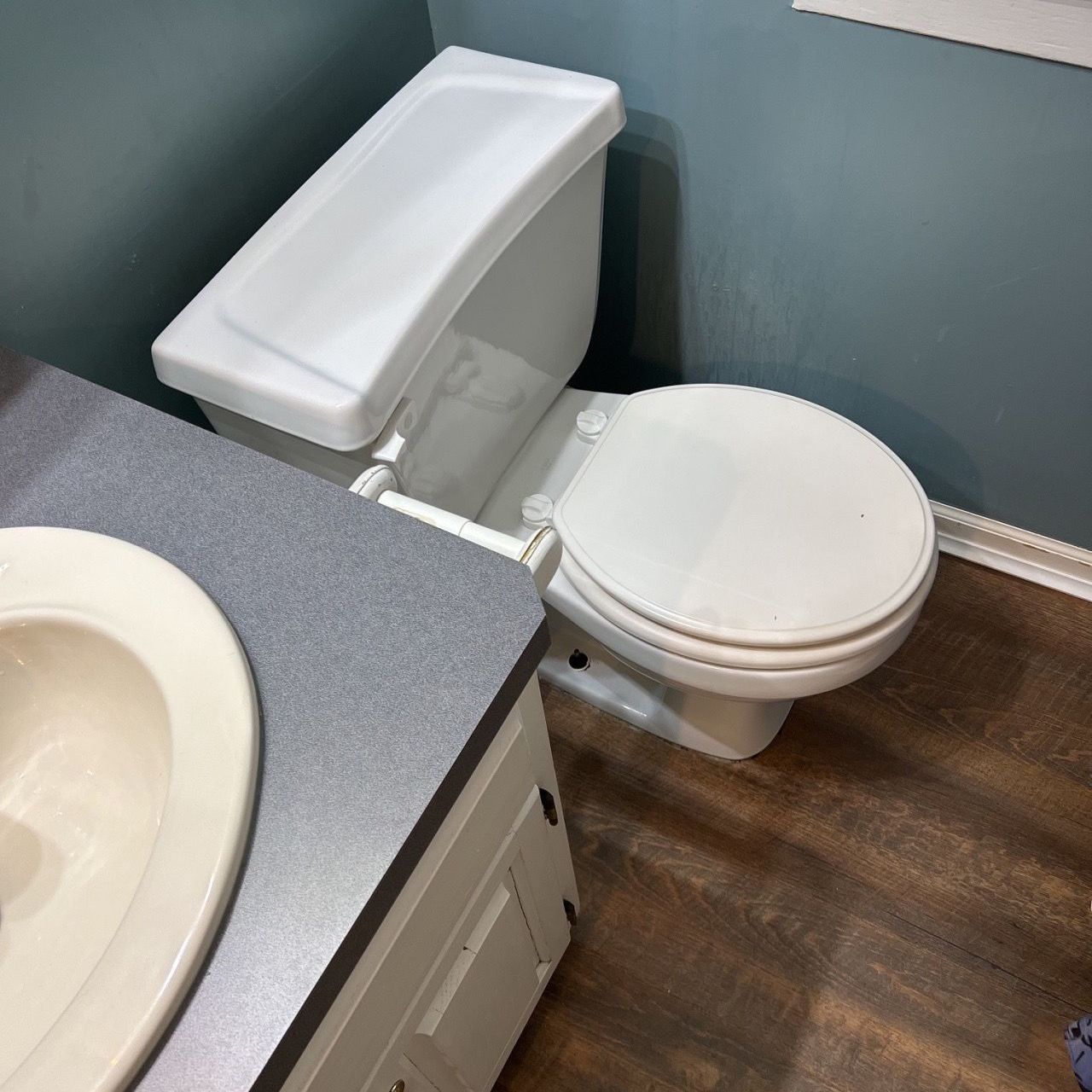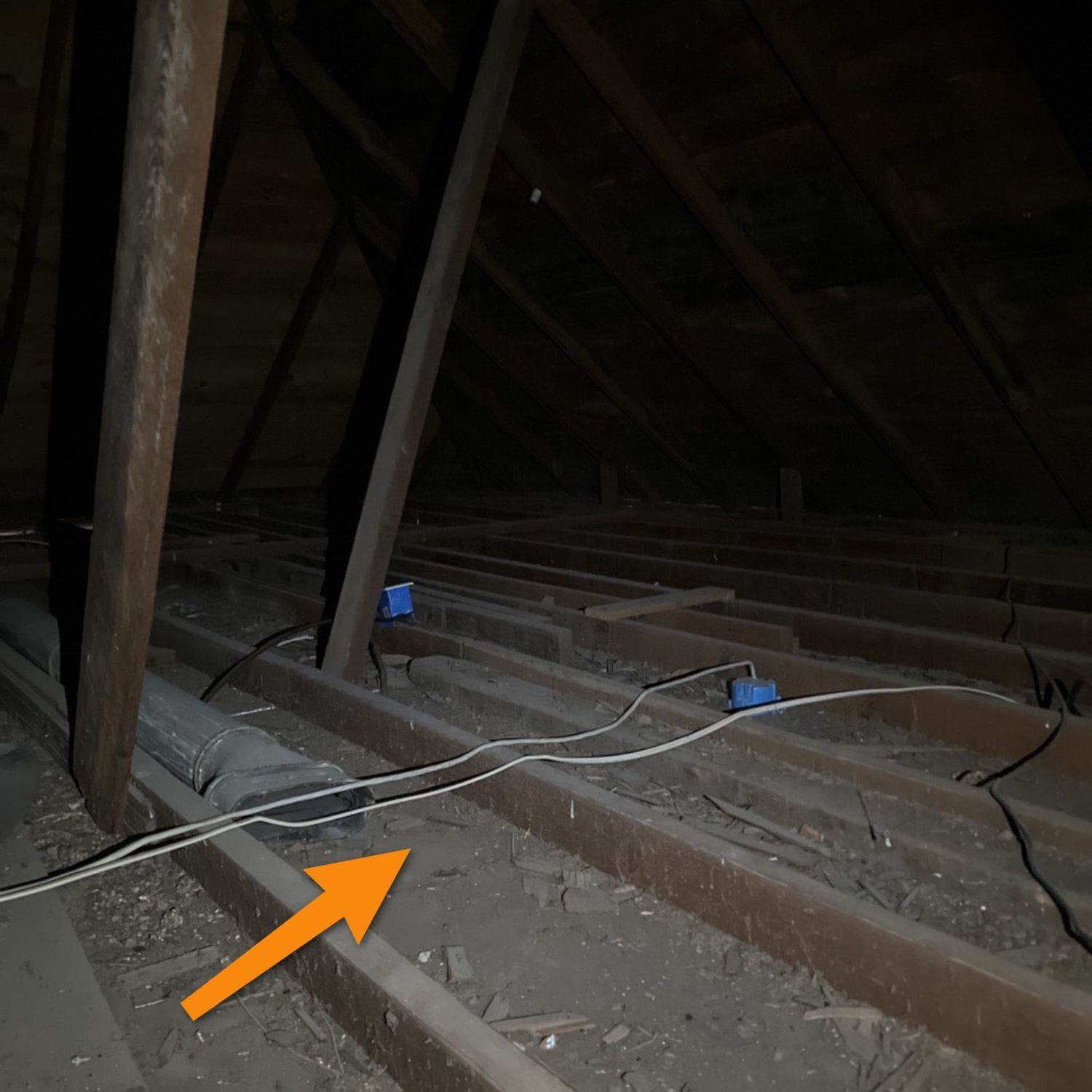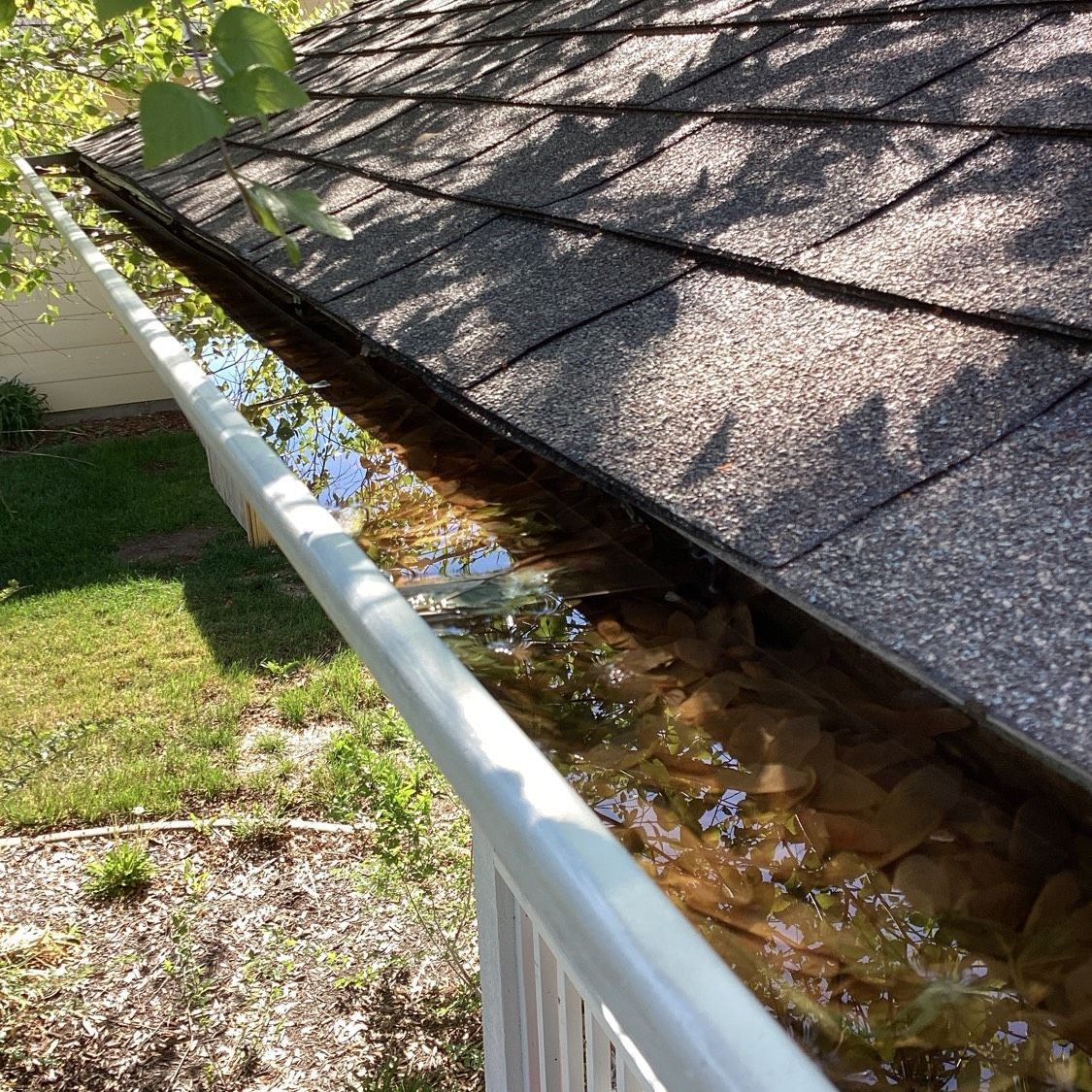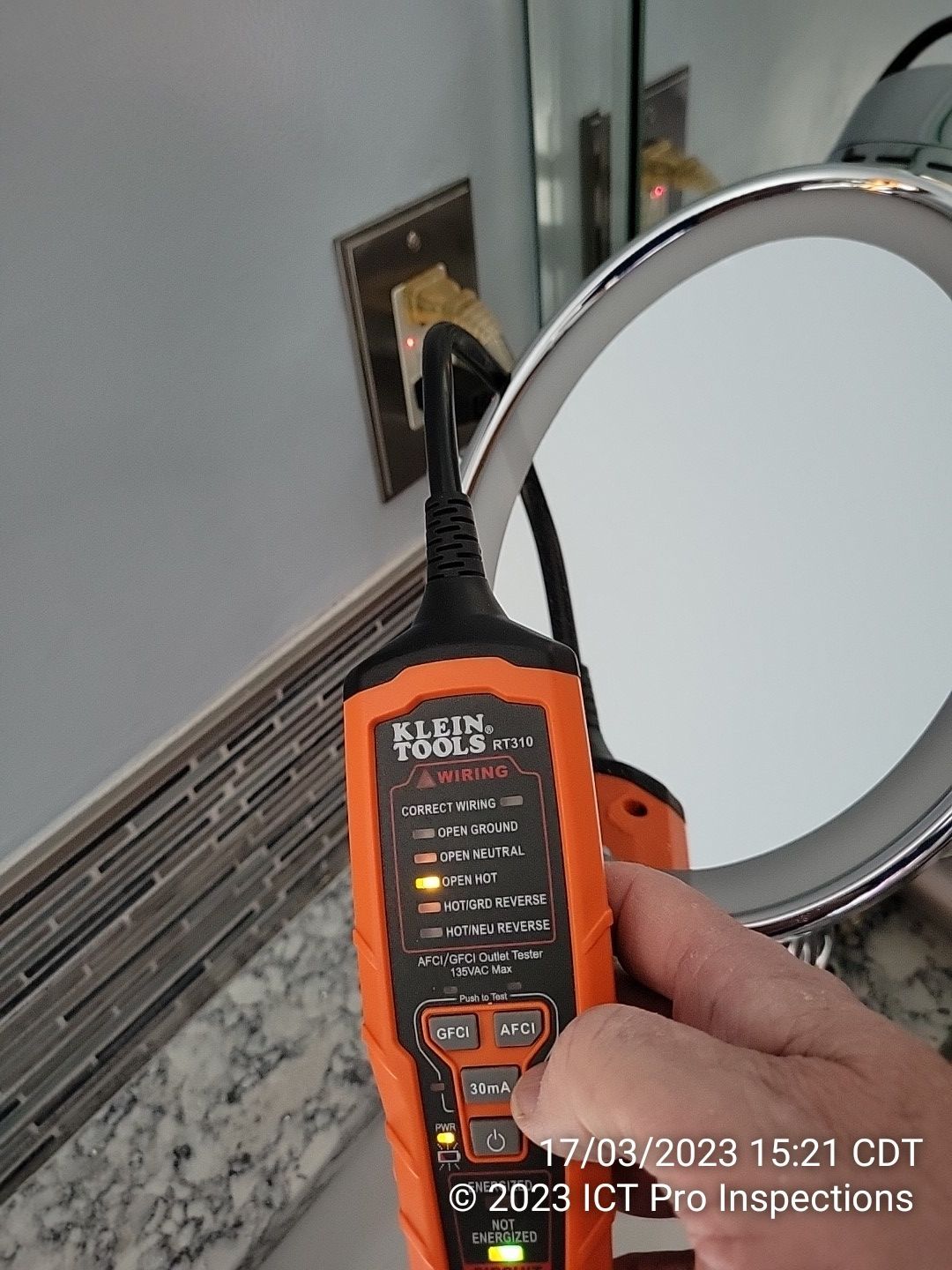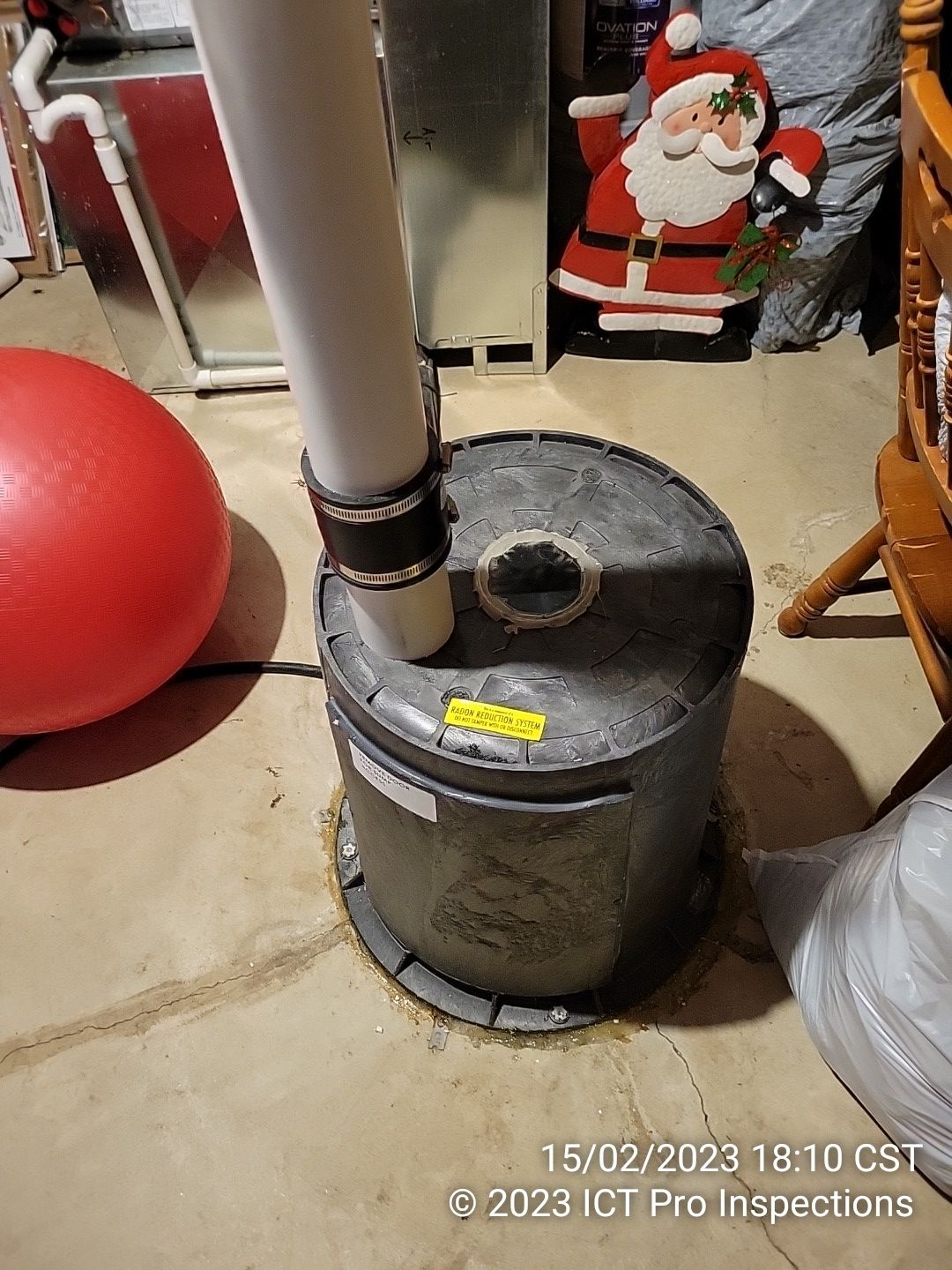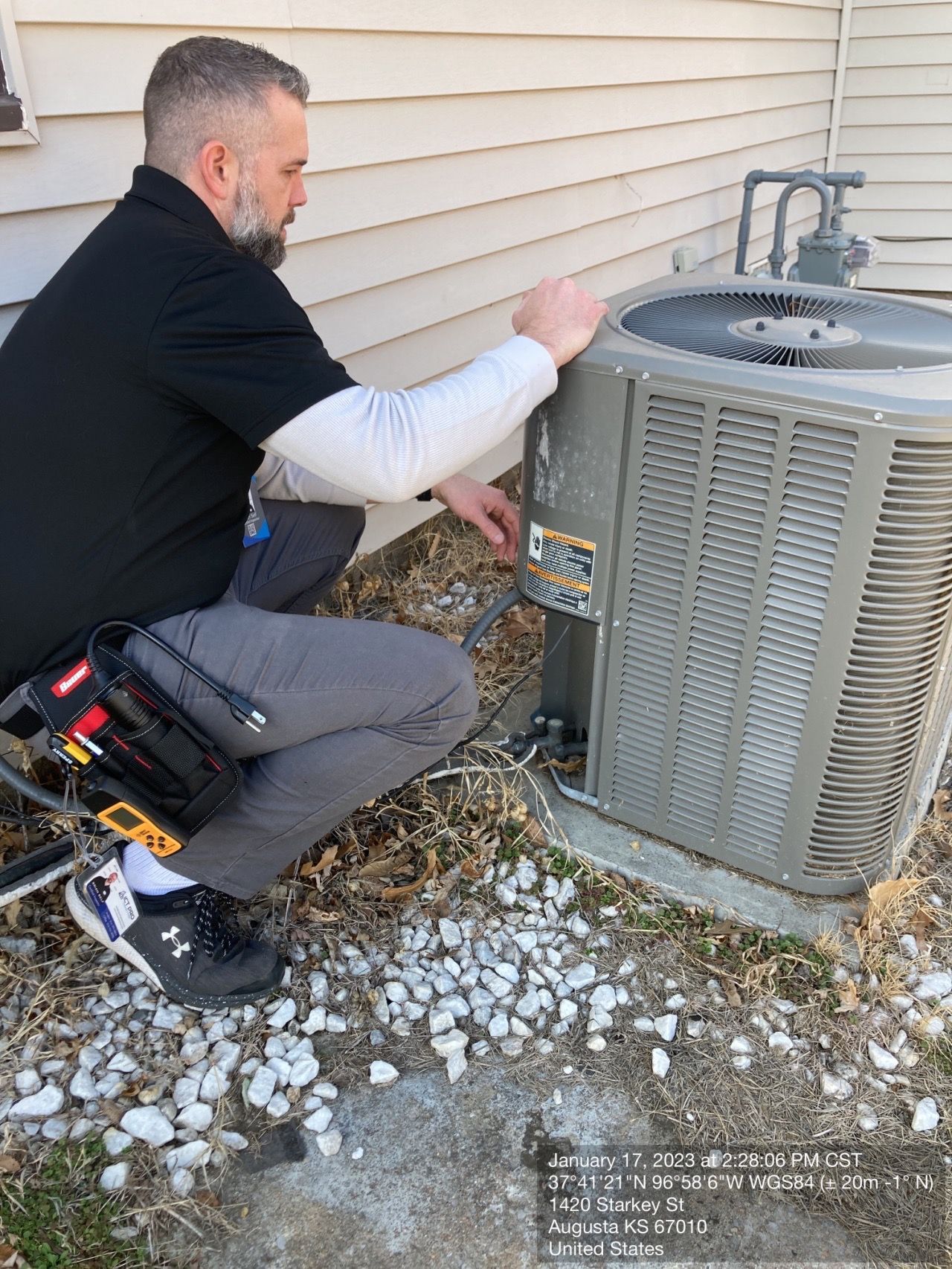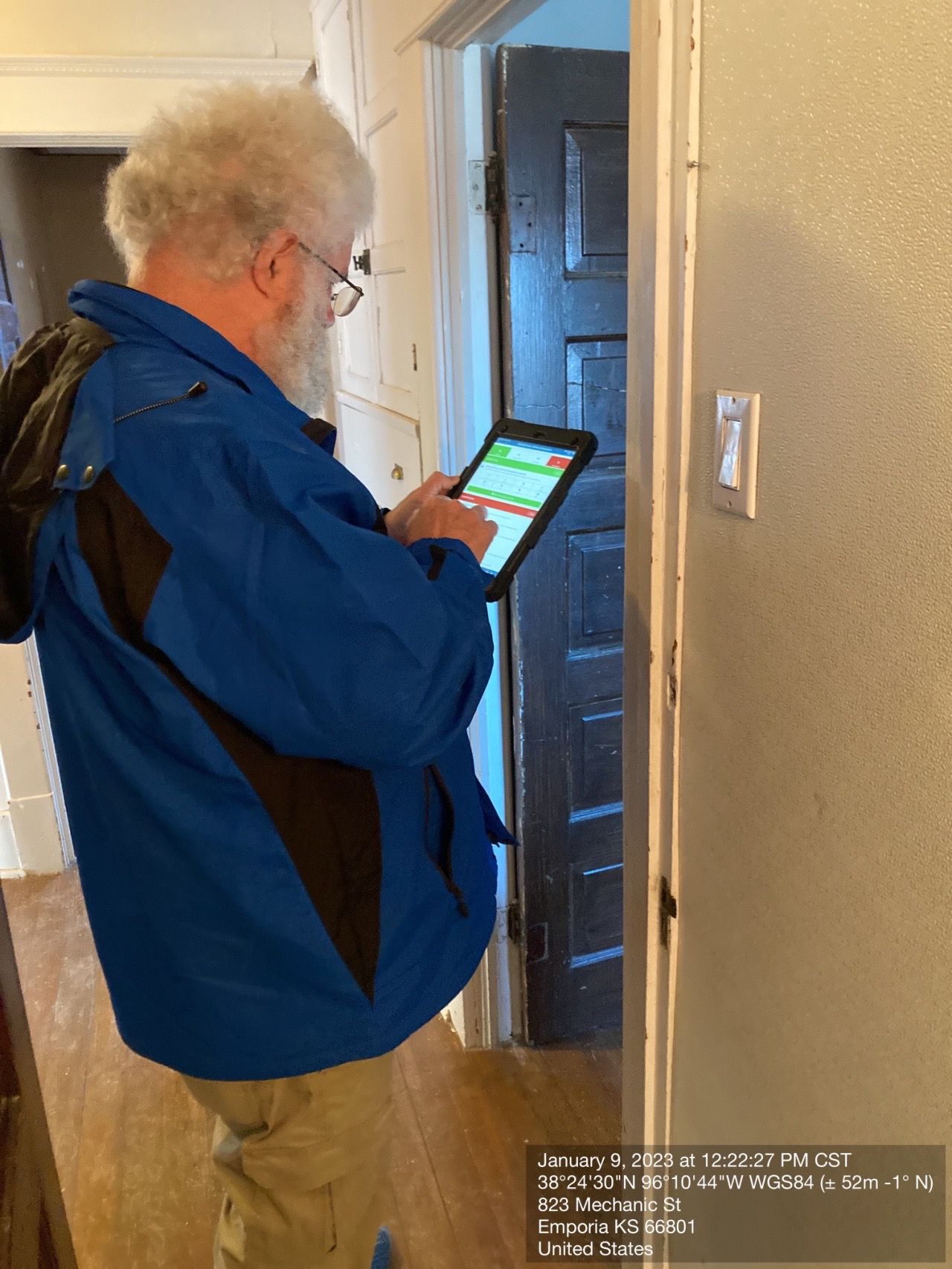What is a TPR Valve and Why Does Your Water Heater Have One?
This is a subtitle for your new post
A TPR valve, or temperature and pressure relief valve, is a safety device installed on water heaters. It is designed to automatically release water if the pressure or temperature in the water tank exceeds safe levels. This prevents the water heater from exploding, which can cause serious damage to your home and property.
A TPR valve is typically located on the top or side of the water heater. It is a small, metal valve with a lever or knob that can be used to manually release water. The valve should be connected to a discharge pipe that leads away from the water heater.
The TPR valve is activated by a spring. When the pressure or temperature in the water tank exceeds safe levels, the spring pushes the valve open and releases water. The water flows out of the discharge pipe and away from the water heater.
The TPR valve is an important safety feature. It is designed to protect you and your home from the dangers of a water heater explosion. If you do not have a TPR valve on your water heater, or if the valve is not working properly, you should have it repaired or replaced immediately.
Here are some of the reasons why your water heater has a TPR valve:
- To prevent the water heater from exploding.
- To protect you and your home from the dangers of a water heater explosion.
- To release water if the pressure or temperature in the water tank exceeds safe levels.
- To prevent damage to the water heater.
- To extend the life of the water heater.
It is important to check the TPR valve on your water heater regularly to make sure it is working properly. If the valve is not working properly, it should be repaired or replaced immediately.
